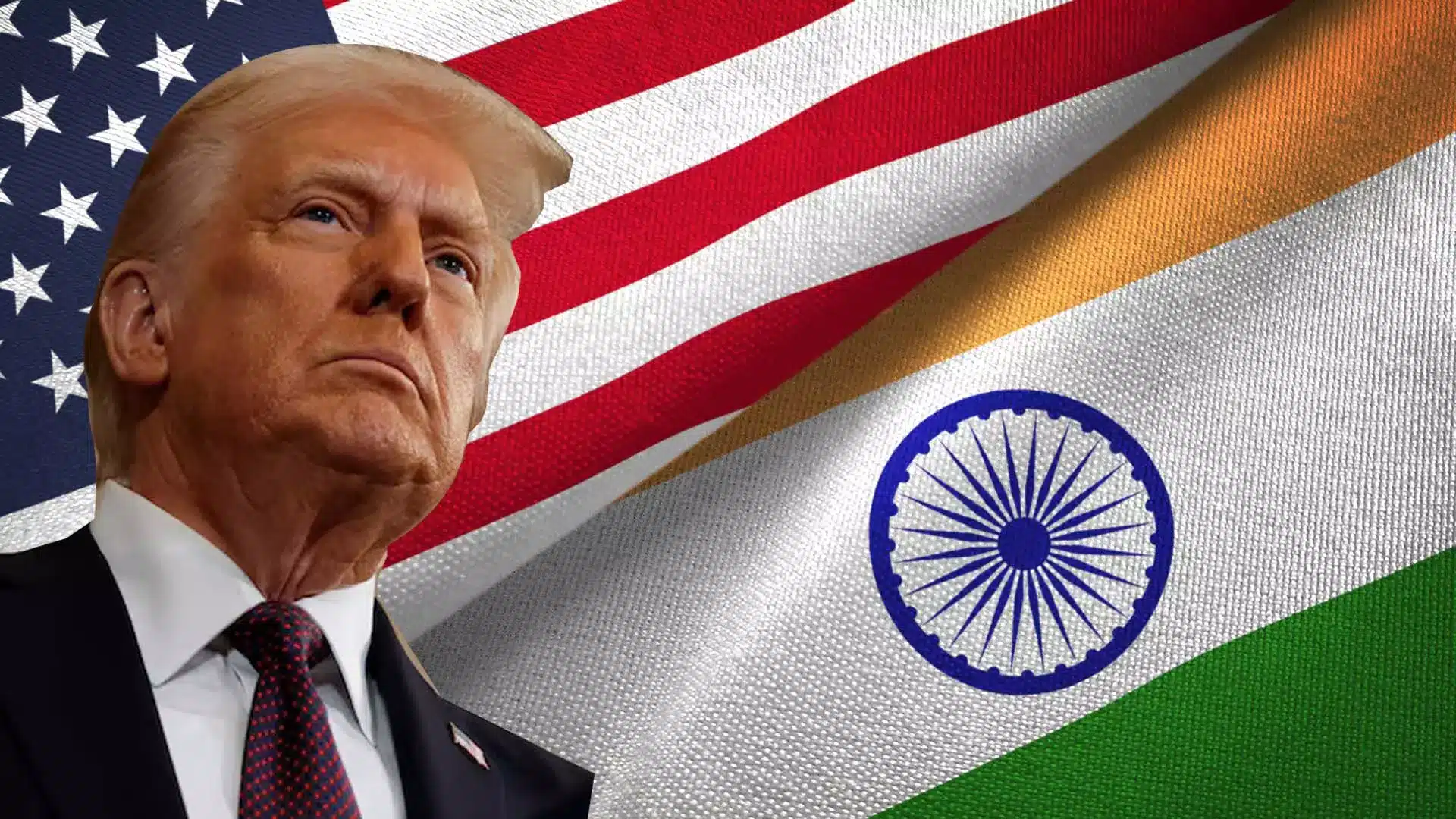Trump’s Tariffs Threaten to Hinder India’s Economic Growth and Export Potential

US President Donald Trump’s recent announcement of a 25% tariff on goods imported from India has raised concerns among experts about its potential impact on India’s economic growth. The tariffs, which will take effect on August 1, are accompanied by unspecified penalties related to India’s purchases of Russian oil and weapons. Analysts are closely monitoring the situation, as the full extent of the economic repercussions remains uncertain.
Economic Implications of Tariffs
Experts warn that the newly imposed tariffs and penalties could significantly hinder India’s GDP growth. Aditi Nayar, chief economist at Icra, noted that the proposed tariffs are higher than previously anticipated, which could create a substantial headwind for the Indian economy. Icra has already revised its GDP forecast for the current financial year down from 6.5% to 6.2% due to the adverse effects of these tariff increases. Similarly, brokerage firm Nomura has labeled the tariffs as “growth negative,” predicting a potential 0.2% decline in India’s GDP as a direct result of the announcements. The Indian stock market reacted negatively to the news, opening lower as trading commenced.
Impact on Trade Relations
The tariffs come amid ongoing trade negotiations between India and the United States. Despite India’s efforts to reduce tariffs on certain goods, such as Bourbon whiskey and motorcycles, the U.S. maintains a significant trade deficit with India, amounting to $45 billion. Rahul Ahluwalia from the Foundation for Economic Development highlighted that the new tariffs would place India at a disadvantage compared to other Asian economies like Vietnam and China, which are also vying for foreign investment. The imposition of a 25% tariff, along with additional penalties, could deter potential investments and disrupt established supply chains in key sectors such as textiles and pharmaceuticals.
Reactions from Indian Industry and Government
The announcement has elicited widespread disappointment from economists, exporters, and industry leaders in India. Harsha Vardhan Agarwal, president of the Federation of Indian Chambers of Commerce and Industry (FICCI), expressed hope that the higher tariffs would be a temporary measure and that a permanent trade deal could be finalized soon. Dr. Ajay Sahai, who leads a federation of Indian exporting organizations, indicated that the tariffs would necessitate new price negotiations between U.S. buyers and Indian sellers, potentially impacting profit margins for exporters. India’s commerce ministry is currently assessing the implications of Trump’s announcement while emphasizing the importance of protecting the interests of farmers and small businesses.
Future of US-India Trade Relations
Despite the challenges posed by the tariffs, both India and the U.S. share significant mutual interests that could facilitate continued negotiations. The bilateral trade between the two nations currently stands at $190 billion, with aspirations to increase this figure to $500 billion in the coming years. Mark Linscott, a former U.S. government trade representative, noted that the complexities introduced by the tariffs could complicate negotiations but emphasized the importance of reaching a comprehensive trade agreement. While Trump’s rhetoric has been critical of India’s tariffs, there remains hope that ongoing discussions will lead to a resolution that benefits both countries. The two sides have set a deadline for concluding a trade deal by fall, with expectations that tariffs may be negotiated down to a more manageable range.
Observer Voice is the one stop site for National, International news, Sports, Editor’s Choice, Art/culture contents, Quotes and much more. We also cover historical contents. Historical contents includes World History, Indian History, and what happened today. The website also covers Entertainment across the India and World.
Follow Us on Twitter, Instagram, Facebook, & LinkedIn

